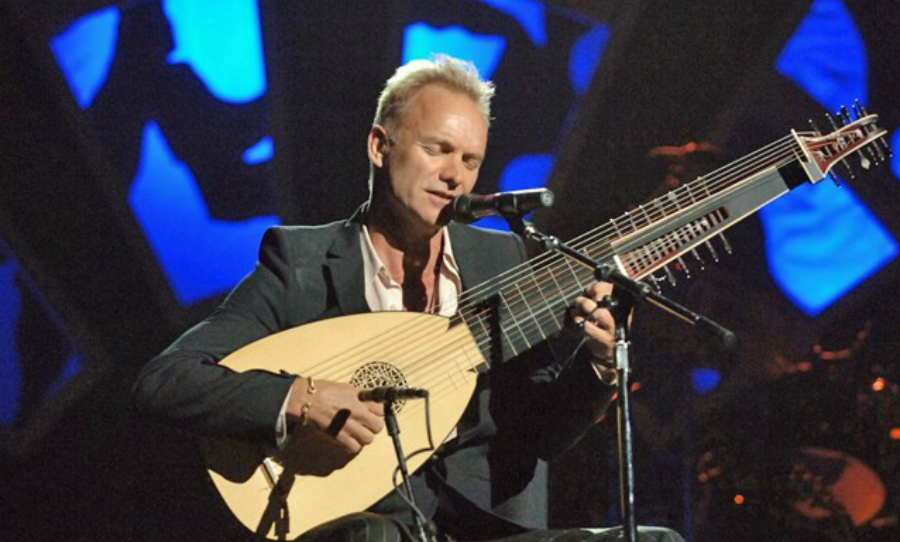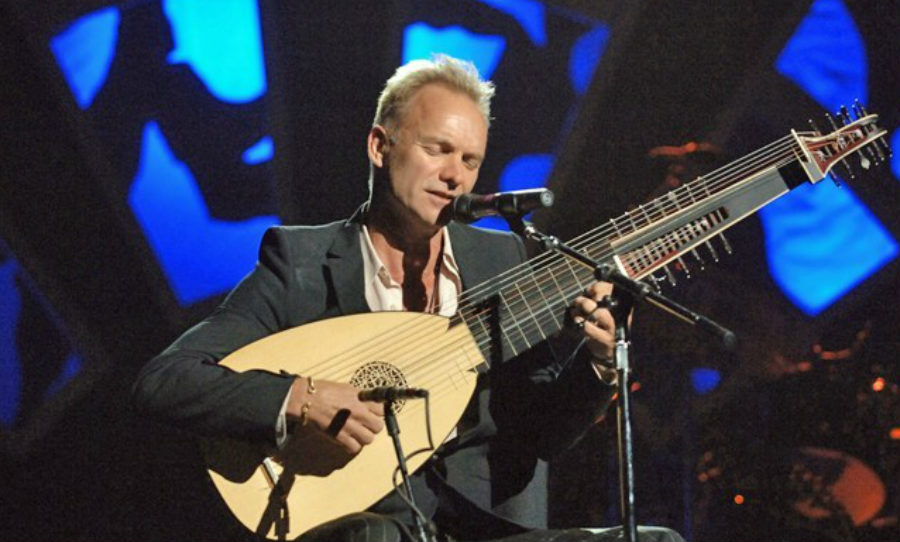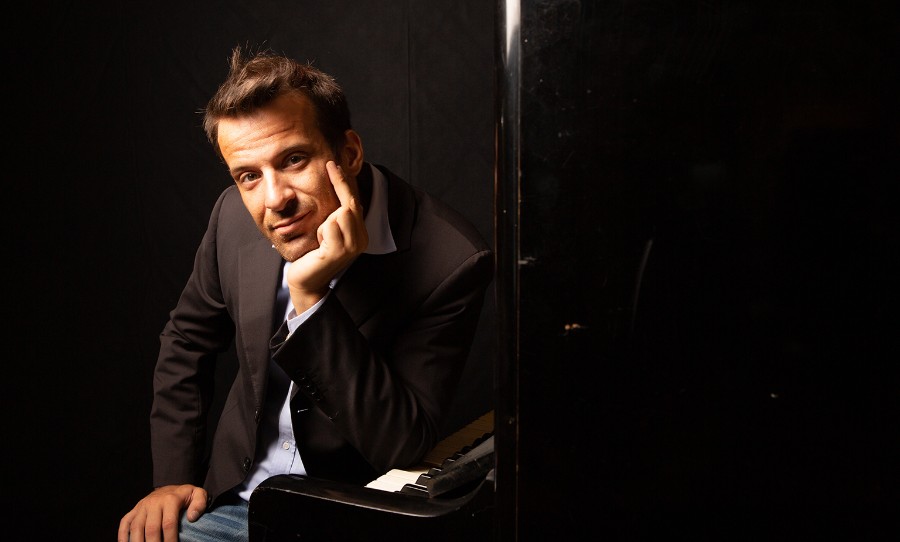“Now divine aire, now is his soule ravisht, is it not strange that sheepes guts should hale soules out of mens bodies?” – William Shakespeare, Much Ado about Nothing. Sounds like some sacrificial religious ritual, but Shakespeare was not the only writer to attribute the lute with the power to transport the listener to heavenly ecstasy.
The lute of the medieval troubadours, Renaissance humanists and Baroque courts is woven into the musical history of the Middle Ages, as well as the collective consciousness of today. While the lute was thought to have seen its demise in 1814, this instrument of antiquity has seen a revival since the mid 20th century in prog-rock, folk, and contemporary classical.
Crafted by luthiers, this iconic Medieval instrument was the soundtrack to many courts across the Renaissance and Baroque periods. Today, the pear-shaped body inspired the shape of modern hollow-body guitars, even down to the pairing of strings and notating music as tablature.
Throughout the Middle Ages, lutes became the most admired of all musical instruments and the fame of great players spread across Europe. Royal courts and palaces were open to them, and consequently, a number were employed as spies. Plus, craftsmen of the finest order could fetch astronomical sums for their lutes.
The is the story of how the lute withstood the test of time to be reborn into modernity.
Take a look at the enduring legacy of an ancient instrument, and how modern music has come to adopt and honour the lute.
The Renaissance
For over 500 years the lute was the most important musical instrument in European culture. The ancestor of the lute was a north African and Arabic instrument called the ud, or oud. The ud resembles the European lute in body, has four pairs of strings, and is played with a quill plectrum that is held between the first and second finger.
The ud very much remains at the heart of Middle Eastern music to this day. Whether due to invasion or commerce, the ud was well-known in Europe by 1000AD. Here, the ud was adapted to local culture and by the 15th century, the lute had solidified its mechanics and construction. With six courses (pairs) of strings, the instrument was renowned throughout the land.
Lute music was written to tablature at the time and tuned to G-c-f-a-d-g, beginning with the second row G below middle C. Playing technique was systematised and characterised by colourful single-note melodies and romantic lyrics.
Lutes, gitterns, psalteries, rebecs, or citherns were commonplace for troubadours. This simple arrangement mirrors the ideals of folk purists of the 1960s.

The High Middle Ages were a time of robust economic and population growth in Europe commencing around 1000 A.D. and ending roughly at the 13th century. It was preceded by the Dark Ages and followed by the Late Middle Ages – noted for its calamities such as the Black Death. Nevertheless, they had it good for a few hundred years of cultural opulence.
The wayfaring troubadours of the Middle Ages were a primary component in popularising the lute. Instead of woodwind instruments, they opted for strings so that they could sing and play at the same time. For nearly 500 years the lute was played in the courts and cities of Europe. In Westen musical history there is no other instrument equal to its combined longevity and stature.
There is conjecture around the reasons for the lute’s decline. Certainly the appearance of larger, and therefore louder, instruments and orchestras became more prominent, as well as keyboard and orchestra instruments. J. S. Bach, who died in 1750, composed some of the last music for the solo lute.

The Revival
The tradition of lute making had more or less disappeared by the end of the 16th century. No workshops, schematics or craft tools survived. In fact, all information known today about lutes has been painstakingly won by research, and much of it is through unreliable art depictions.
What did survive, in quality over quantity, was the music. Lutes that remain in the world today are of exceeding rarity, making them all the more precious. The oldest surviving lutes are the modified bodies by Frei, Mahler, Unverdorben etc. Some of these date back as a far as 1520 though very few original soundboards survive.
In the early 1900s, Arnold Dolmetsch became developed an interest in the lute and managed to play at least one old instrument by Michael Harton and recorded with it. In early publications of the American Lute Society journal, Suzanne Bloch wrote of her experiences in the 1910s and ’20s in Germany, tracking down the lute and its music, and on her way meeting Arnold Dolmetchs and Diana Poulton.
The Lute Society was founded in England in 1956, and the following decade saw a great interest cultivated on Early Music. These first lute remakes were initially unfounded on historical research though the truth was slowly weeded out of the haystacks of history.
In Germany, Friedman Hellwig was in charge of musical instruments in museums and his articles about lutes broke new ground. In England, the Fellowship of Makers and Researchers of Historical Musical Instruments was founded in 1975. Ephraim Segerman later founded Nothern Renaissance Instruments and was indefatigable in his historical accuracy while reconstructing old instruments. Luthiers Michael Lowe in Oxford, and Stephen Gottlieb and Steven Barber in London produced some of the earliest acceptable modern lutes. It was now possible, for the first time in 200 years to receive full-time training as a luthier (lute maker).
In 2006, former Police frontman Sting released the first modern mainstream lute album, Songs from the Labyrinth. The album featured music from classical lute composer John Dowland (1563-1626). Recorded in tandem with Bosnian lutist Edin Karamazov, Sting said he was well aware that an album of 16th century lute songs is not exactly a commercial slam-dunk.
While the album was his first not to crack the UK Top 10 since 1986’s Bring On The Night. That being said it was a refreshing change of pace for mainstream music and found a particular audience in the US, Russia, and Italy.
English progressive-folk band Amazing Blondel – named after the 12th century minstrel Blondel de Nesle – employ reimaginings of the music of the Middle Ages. In their 1972 album England, the lute plays a prominent and defining role in the context of the album. These popular reimaginings of Medieval music are powerful touchstones in remembering and contextualising the music of the past.
While you’re here, check out:
- A brief history of the sitar in rock music
- A history of the troubadour: from the High Middle Ages to Bob Dylan



